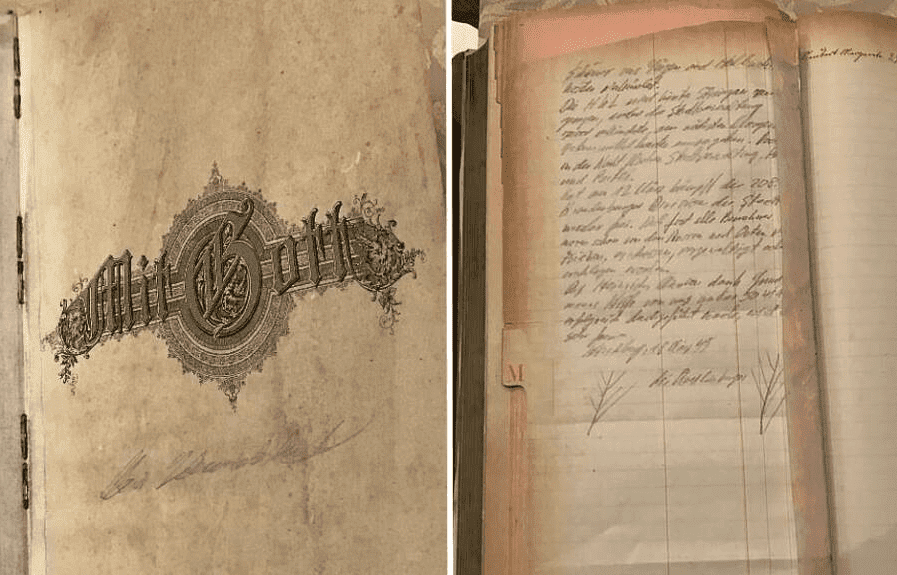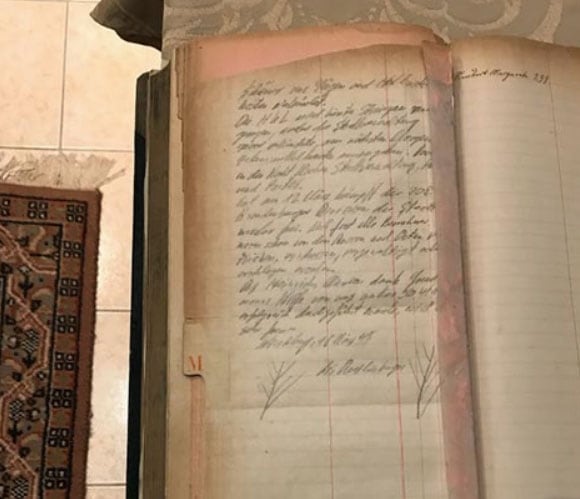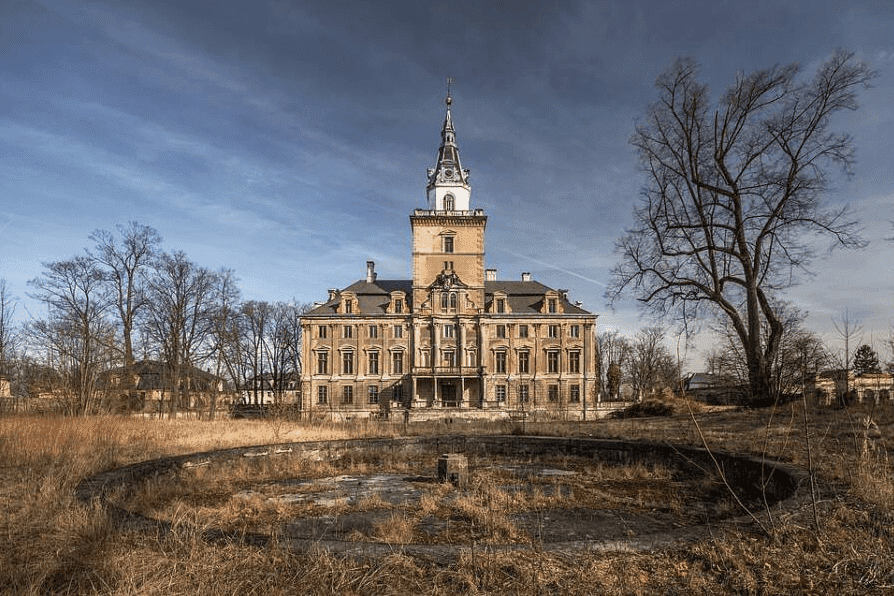Díky. 
Nazi gold is in the well, says the daily
Categories: Treasures , Second World War , Nazi treasures
Researchers have declassified further information from the diary of an SS officer, which is said to contain information about hidden Nazi treasures. Much of it is believed to be in a well at the Polish Baroque residence of Hochberg near the Czech border.
More details of the contents of the World War II diary, which contains clues to the location of billions of euros worth of treasure, have now been declassified by researchers from the Schlesische Brücke (Silesian Bridge) Foundation. It belonged to an SS officer going by the pseudonym Michaelis. The First News (TFN) was the first to report the news.
The newspaper reported on the immense wealth. Specifically, religious items that Reichsführer Heinrich Himmler, the leader of the SS and Gestapo, had stolen around the world. Then there are the stolen artworks of incalculable value by Rubens and Rembrandt, as well as other artefacts and gold. The diary includes a map with eleven locations marked where the Nazis allegedly hid the treasures. Among them is a Baroque residence known as the Hochberg Palace in the town of Roztoka in the Lower Silesian Voivodeship near the Czech border.
It is said that over thirty tonnes of gold from a branch of the Reichsbank, which was based in the Polish town of Wroclaw, may be located at the sites. According to the newspaper, a well is said to be located directly under the Hochberg Palace, where gold worth around one billion euros is hidden at a depth of sixty metres. The Nazis allegedly hid it there when the Red Army approached.
According to the head of the Silesian Bridge Foundation, Roman Furmaniak, the bodies of people who knew about the treasure and the Nazis needed to get rid of them are also at the bottom of the well. "The notes in the diary suggest this. At the same time, the Nazis used explosives to disguise access to the well so that no one would find the treasure," Furmaniak added.
Together with other colleagues from the foundation, they want to use the planned construction of the palace, which has been neglected for years. "As the restoration work progresses, we will also start researching the buried well," Furmaniak outlined his plans for the future.
The first reports of the diary's existence were published by researchers last March, when all the people who might have been connected to the diary had already died. The society acquired it from German Freemasons of the so-called Quedlinburg Lodge. Even then, it was reported that the diary was in the possession of SS officer Egon Ollenhauer.
Historians have little faith in the information from the diary, but researchers point to several recent finds of Nazi artifacts. For example, a bust of Adolf Hitler that was hidden in the French Senate building. It's in the basement, along with the flag of Nazi Germany.



Sources: www.foxnews.com, www.livescience.com, www.1news.info
The article is included in categories:
- Archive of articles > Treasures
- Archive of articles > Wars > Second World War
- Archive of articles > Wars > Second World War > Nazi treasures
Post
Pěkný článek, díky. 
Tam jsem byl.....a nic 
Jsme se museli minout Nulo🤭


 ...zase pozdě
...zase pozdě
Ma cenu tam teda jeste vubec jezdit? 
no nemá.... 
Mě baví chodit tam kde někdo přede mnou kopal....chodím a vidím díry a stejně vždy něco najdu 
Pecka! Dik za clanek 











